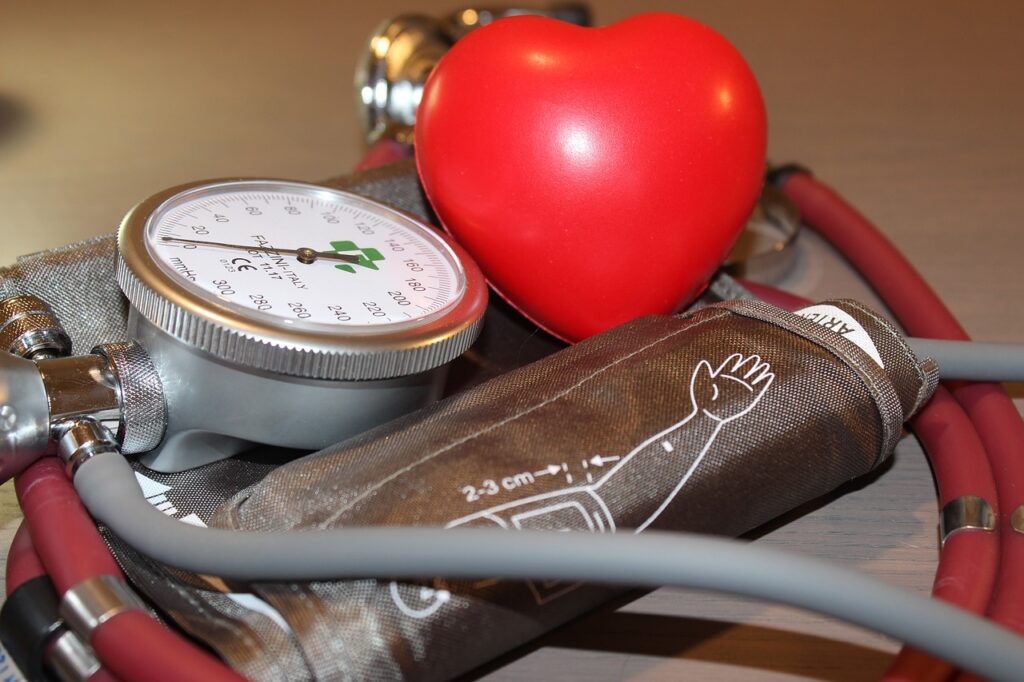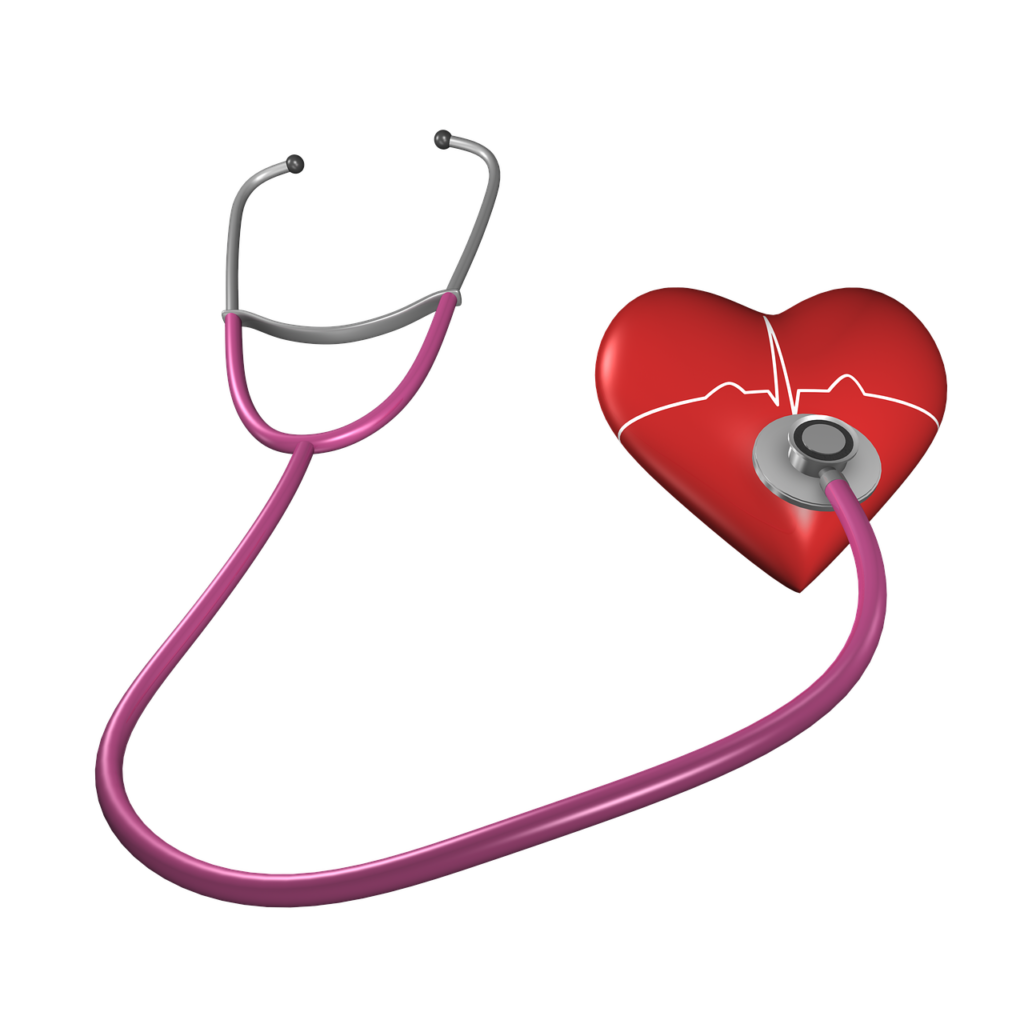
Are you a woman concerned about your health? It’s important to be aware of the symptoms of high cholesterol in females. High cholesterol levels can put you at risk for serious health issues like heart disease and stroke. But how can you spot the signs?
When cholesterol levels in women rise, they may experience certain symptoms. This article actively investigates those symptoms. Chest pain and shortness of breath serve as physical warnings, while the appearance of yellowish deposits around the eyes are common signs that we shouldn’t overlook.
Maintaining a healthy lifestyle is crucial when it comes to managing cholesterol levels. Regular exercise, a balanced diet, and avoiding smoking are just a few of the ways you can take control of your cholesterol levels and reduce your risk of developing complications.
Don’t ignore the signs your body may be giving you. By understanding the symptoms of high cholesterol and taking action to address them, you can protect your heart health and overall well-being. So, let’s dive in and learn about the symptoms of high cholesterol in females.
What is Cholesterol and Why is it Important?
Cholesterol is a waxy, fat-like substance that is found in all cells of the body. It is essential for the production of hormones, vitamin D, and certain types of bile acids that aid in digestion. While cholesterol is necessary for the body to function properly, high levels of cholesterol can lead to health problems.
Two main types of cholesterol exist: low-density lipoprotein (LDL) and high-density lipoprotein (HDL). LDL cholesterol, often referred to as “bad” cholesterol, accumulates in the arteries, creating plaques that block blood flow and increase the risk of heart disease. In contrast, HDL cholesterol known as “good” cholesterol because it helps remove LDL cholesterol from the bloodstream.
Understanding the Different Types of Cholesterol
To understand the symptoms of high cholesterol in females, it’s important to have a basic understanding of the different types of cholesterol. As mentioned earlier, LDL cholesterol is considered “bad” because it can cause plaque buildup in the arteries. When the arteries become narrow or blocked, it can lead to chest pain, a condition known as angina.
Another symptom of high LDL cholesterol is shortness of breath. When the arteries are clogged, the heart may struggle to pump enough blood to meet the body’s needs, resulting in difficulty breathing. This symptom is often more pronounced during physical activity or exercise.
Good” cholesterol, also known as HDL cholesterol, actively removes LDL cholesterol from your bloodstream. Having high levels of this HDL cholesterol lessens your risk of heart disease.However, when HDL cholesterol levels are low, it can increase the risk of developing heart disease and other complications.
Common Symptoms of High Cholesterol in Females
High cholesterol itself does not typically cause noticeable symptoms. This is why it is often referred to as a “silent” condition. However, there are certain signs that may indicate elevated cholesterol levels in females.
One common symptom of high cholesterol is the presence of yellowish deposits around the eyes, known as xanthelasma. These deposits are a result of cholesterol build-up and can be an early warning sign of high cholesterol levels. If you notice these deposits, it’s important to consult with your healthcare provider to have your cholesterol levels checked.
Another symptom of high cholesterol in females is chest pain or discomfort, which may be a sign of angina. Angina occurs when the arteries that supply blood to the heart become narrow or blocked, reducing blood flow and oxygen to the heart muscle. This can cause pain or discomfort in the chest, as well as in the arms, shoulders, neck, jaw, or back.
Shortness of breath is another symptom that women with high cholesterol may experience. When the arteries are blocked or narrowed, the heart may struggle to pump enough blood to meet the body’s demands. This can result in feelings of breathlessness, particularly during physical activity or exertion.
Risk Factors for High Cholesterol in Females

While high cholesterol can affect anyone, there are certain risk factors that can increase a woman’s likelihood of developing elevated cholesterol levels. One of the primary risk factors is age. As women get older, their cholesterol levels tend to rise. This is partly due to hormonal changes that occur during menopause.
Family history also plays a role in a woman’s risk of high cholesterol. If close family members, such as parents or siblings, have high cholesterol or a history of heart disease, the risk for elevated cholesterol levels is higher.
Certain medical conditions, such as polycystic ovary syndrome (PCOS) and hypothyroidism, can also contribute to high cholesterol levels in females. Additionally, lifestyle factors like a sedentary lifestyle, poor diet, smoking, and obesity can increase the risk of high cholesterol.
The Importance of Regular Cholesterol Screenings
Regular cholesterol screenings are crucial for women, especially those who have risk factors for high cholesterol. A simple blood test, known as a lipid profile, can measure the levels of total cholesterol, LDL cholesterol, HDL cholesterol, and triglycerides in the blood.
Women aged 20 and above should undergo screenings for high cholesterol at least once every five years. However, if a woman has risk factors for high cholesterol or has a previous diagnosis of high cholesterol, she may need more frequent screenings.
Early detection of high cholesterol can help prevent complications and allow for timely intervention. If doctors detect high cholesterol, they may prescribe lifestyle modifications and medications to lower cholesterol levels and reduce the risk of heart disease.
Lifestyle Changes to Lower Cholesterol Levels
When it comes to managing the symptoms of high cholesterol in females. , lifestyle changes are often the first line of defense. By making simple modifications to your everyday habits, you can effectively lower cholesterol levels and improve your overall health.
One of the most effective lifestyle changes to lower cholesterol levels is adopting a heart-healthy diet. This includes reducing saturated and trans fats, which are found in foods like red meat, full-fat dairy products, and processed snacks. Instead, focus on consuming more fruits, vegetables, whole grains, and lean proteins.
Regular exercise is another crucial component of managing high cholesterol. Aim for at least 150 minutes of moderate-intensity aerobic activity or 75 minutes of vigorous-intensity aerobic activity each week. This can include activities like brisk walking, jogging, cycling, or swimming.
Smoking cessation is also essential for reducing cholesterol levels and improving heart health. Smoking damages blood vessels and lowers HDL cholesterol levels, making it harder for the body to remove LDL cholesterol from the bloodstream. Quitting smoking can have an immediate positive impact on cholesterol levels and overall cardiovascular health.
Diet Tips for Managing High Cholesterol in Females
When it comes to managing high cholesterol through diet, there are certain foods that can be particularly beneficial. Incorporating these foods into your meals can help lower LDL cholesterol levels and improve overall heart health.
Adding more soluble fiber to your diet can help reduce cholesterol absorption in the bloodstream. Foods rich in soluble fiber include oats, barley, beans, lentils, fruits, and vegetables. Aim for at least 25 to 30 grams of fiber per day.
Omega-3 fatty acids, found in fatty fish like salmon, mackerel, and sardines, can help lower triglyceride levels and reduce the risk of heart disease. If you’re not a fan of fish, consider incorporating flaxseeds, chia seeds, or walnuts into your diet as plant-based sources of omega-3 fatty acids.
Incorporating plant sterols and stanols into your diet can also help lower LDL cholesterol levels. These compounds are naturally found in fruits, vegetables, nuts, and whole grains, but they are found in fortified products like margarine and orange juice.
Exercise and Physical Activity Recommendations
Regular exercise is not only important for managing high cholesterol, but it also has numerous other health benefits. Engaging in physical activity on a regular basis can help lower LDL cholesterol levels, raise HDL cholesterol levels, and improve overall cardiovascular fitness.
Aerobic ,strength training, and flexibility exercises are the best for optimal heart health. Aim for at least 150 minutes of moderate-intensity aerobic activity per week, along with two or more days of strength training exercises targeting major muscle groups.
If you’re just starting out, it’s important to gradually increase the intensity and duration of your workouts to avoid injury. Remember to listen to your body and choose activities that you enjoy and can sustain in the long term.
Medications and Treatments for High Cholesterol

In some cases, lifestyle changes alone may not be enough to effectively manage high cholesterol levels. In such situations, medications may be prescribed to help lower cholesterol and reduce the risk of complications
The most commonly prescribed medications for high cholesterol are Statins. They work by blocking an enzyme in the liver that produces cholesterol. Other medications, such as bile acid sequestrants, cholesterol absorption inhibitors, and PCSK9 inhibitors, may also be prescribed depending on individual circumstances.
It’s important to Note that medications should always be taken under the guidance of a healthcare professional. They may have side effects or interact with other medications, so it’s crucial to discuss any concerns or questions with your doctor.
Conclusion: Taking Control of Your Cholesterol Levels
High cholesterol in females can have serious implications for heart health and overall well-being. By understanding the symptoms and risk factors associated with high cholesterol, women can take control of their cholesterol levels and reduce their risk of complications.
Regular cholesterol screenings, lifestyle modifications, and, when necessary, medications can all play a role in managing high cholesterol. By adopting a heart-healthy diet, engaging in regular physical activity, and making other positive lifestyle changes, women can protect their heart health and improve their overall quality of life.
Don’t ignore the signs your body may be giving you. Take action, and work towards maintaining healthy cholesterol levels. Your heart will thank you for it. Remember, it’s never too early or too late to start taking care of your cholesterol levels.